GT moving forward
GT Bicycles is on its way to regaining its old prominence with a total of ten completely new (or at...


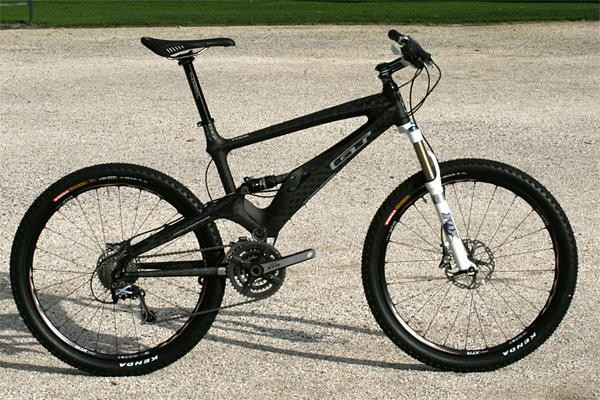


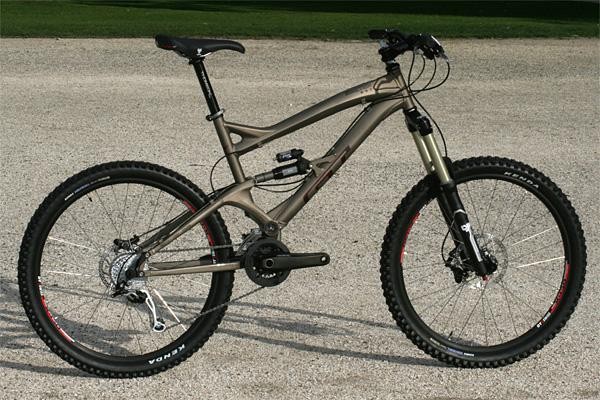





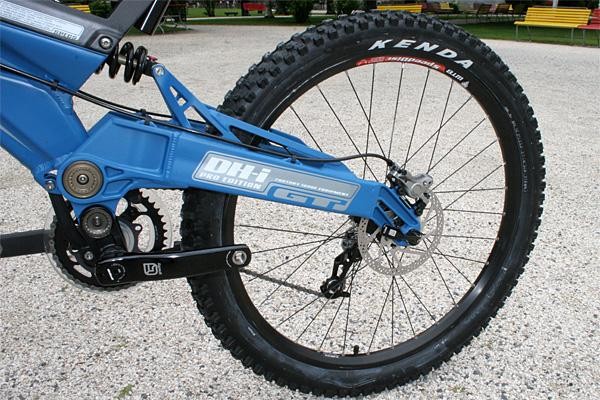




















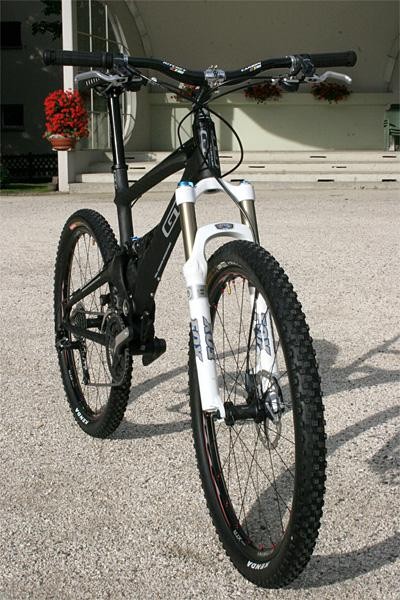





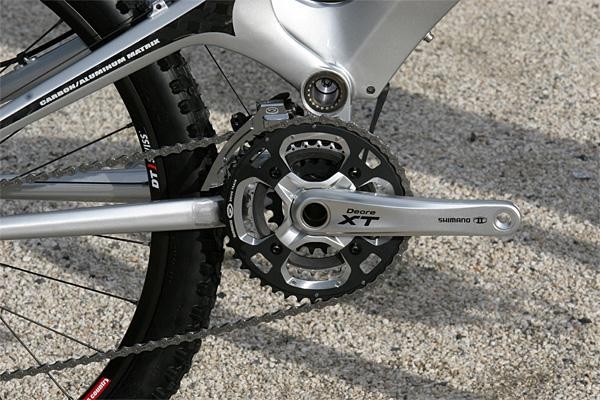








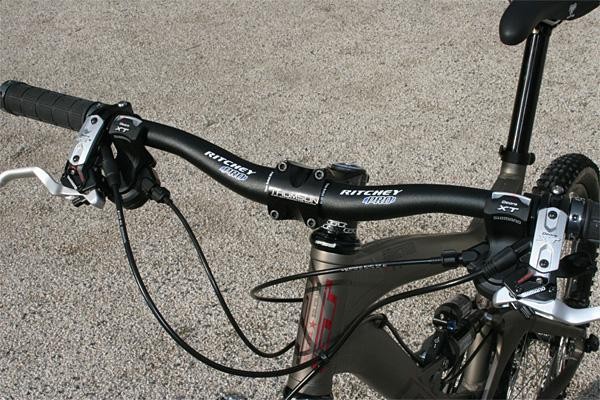
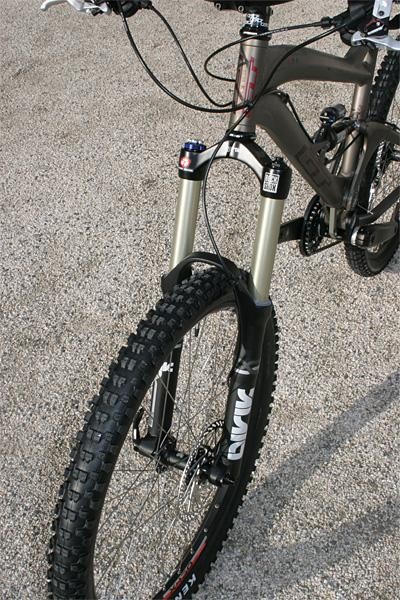





















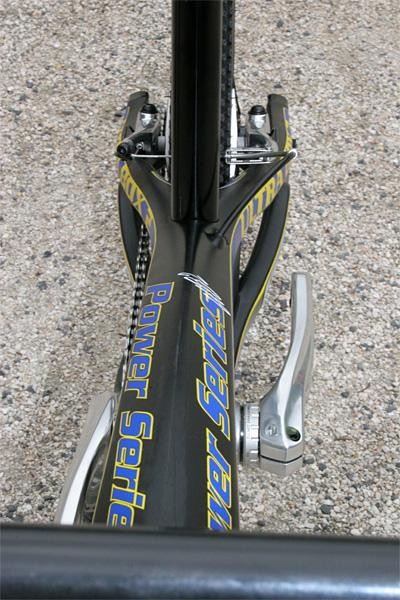
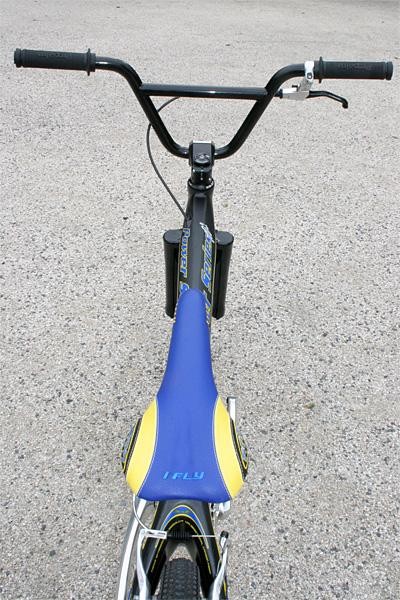
Tech Feature: GT 2008 lineup, July 27, 2007
GT Bicycles chose the completely suitable mountain resort of Engelberg, Switzerland to launch its 2008 range. Shane Stokes heads into the hills to see what the long-time industry icon has in store for the coming season.
GT Bicycles is on its way to regaining its old prominence with a total of ten completely new (or at least heavily updated) high-end models for 2008, all of which will be commercially available this summer.
The Madison, WI-based company continues to make more liberal use of composite technology with new carbon versions of two of its flagship cross-country full suspension models in addition to four new all-mountain bikes, an evolution of its innovative downhill-specific platform, and two 2008 versions of the GTR road bike model.
Updating an icon
Long-time devotees of GT bikes will be well familiar with the Zaskar, an aluminum frame which has stood as the poster boy for GT's distinctive 'Triple Triangle' design for two decades. In honor of its twenty years of faithful service, GT has reissued a special limited edition frame using US-made Alcoa 6061 tubing and an updated geometry that is now designed around 100mm of front travel and provides more standover clearance. The reissue will be offered exclusively with a durable ball burnished finish and will also include three extra sets of decals to keep the bike looking smart. GT will issue just 500 copies at $999 a piece, all of which will be packaged in a fancy two-piece clamshell presentation box with a foam die cut insert.
In addition to the aluminum reissue, GT has also developed a full carbon fiber version for 2008 but representatives were quick to point out that this new frame is not designed to be a fragile featherweight. "This has been around for a long, long time in aluminium form," explained GT's Director of Product Development Mark Peterman. "We wanted to come up with something new and so decided to go with carbon fibre, building a frame that is 1.2 kg for the medium size. There are frames out there of one kilo but these are strictly race-only. That's a bit restrictive. We wanted to make a frame that epitomised what Zaskar was about - something which was a bit more rough and tumble. A bike that was very stiff but also very predictable. One which was a lot of fun to ride."
The latest race content, interviews, features, reviews and expert buying guides, direct to your inbox!
In addition to its claimed extra durability, GT says the new Zaskar Carbon is also "far stiffer than the super lightweights" and will likely continue to appeal to the stronger and more abusive riders that have been perennially attracted to the aluminum version. As with the special reissue, the Zaskar Carbon is also built around a 100mm-travel fork and is now disc-only. The new frame will be offered as a frameset and two complete bikes: the 9.4kg (20.7lb) Zaskar team will boast a premium spec that includes a Shimano XTR group and wheelset, Fox 32 RL fork, Ritchey WCS 4Axis stem and carbon bars, fi'zi:k Gobi saddle, and Thompson Elite seat post, and will retail for US$3999. Consumers can save US$1000 with the mid-level Zaskar Pro, which is only slightly heavier at 10.2kg (22.5lb) with a Shimano XT group, Ritchey Pro cockpit, and DT Swiss X-1800 wheelset.
GT sheds i-Drive label
GT has retained its capable i-Drive suspension system but has shed the moniker from its model names. Case in point is the 100mm-travel (4") i-Drive Carbon Pro which is now more simply called Marathon for 2008. Geometry is unchanged but the Marathon substitutes last year's aluminum rear end for one made from lighter and stiffer carbon fibre to match the existing carbon front triangle.
In addition to simplifying things for the consumer, the new name also better describes the Marathon's purpose as "a bike for people who want a little bit of rear suspension but don't want to lose the feel of a hard-tail", according to Peterman. "[The Marathon] is a full carbon 4-inch suspension bike, but has the feel and the riding characteristics of a much heavier, much greater travel bike. It climbs great and is very lightweight, yet it still descends with confidence. So you are not penalised for having a lightweight, 4-inch bike."
The Marathon frame comes in Team and Pro versions whose build kits mirror those of the Zaskar Team and Pro, with the exception of the slightly longer travel 120mm Fox 32 RL forks. Fox Racing Shox handles suspension duties at the rear end as well with its excellent RP23 unit. The 10.75kg (23.7lb) Marathon Team will retail for US$4499 while the 12.05kg (26.6lb) Marathon Pro sticker for US$1000.
Going downhill in a hurry
Last year's DH-I Team was an impressive package and solid entry into the premium-level downhill arena but GT still found room for improvement for 2008. "We have done a lot of things to address issues with old frameset," said Peterman, who describes it as a privateer's dream. "This has an upgraded swingarm, a reinforced front triangle and there are now cut outs in the seat mast in order to reduce weight without any cost to strength."
New for 2008 is a Pro-level model with a less exotic build kit and much more reasonable cost. "Last year we had a lot of success with the DH-i team," continued Peterman. "It was a premier World Cup level bike with very expensive spec on it, and is one of the first sub-40-pound production bikes out there. But still, a lot of DH kids can't afford that level of bike so we took the bike and changed it. It still has a race-ready spec but we carved a lot of money out of it, making it about 40% less expensive than the DHi Team."
At US$3499, the DH-i Pro is a whopping US$2000 cheaper than the DH-i Team yet is only marginally heavier at 19.5kg (43lb). The 2008 DH-i Team also receives the same frame improvements but continues with its top-shelf spec to command US$5499. Frames are also available for US$1999.
The 6" Revolution
GT's new Force and Sanction splits the once-singular 'All-Mountain' category into two distinct categories. Both are 152mm-travel (6") fully air-sprung platforms but are designed with different purposes in mind: the Force is substantially lighter and a more capable climber, while the Sanction is more of a lightweight freeride bike. Both platforms share an all-new monocoque-style 6061 aluminum frame with i-Drive suspension technology but convertible rear dropouts and different Fox Racing Shox rear shocks help dictate each frame's personality.
Sanction is intended for the more 'extreme' rider that still values lighter weight and efficiency with thru-axle setups front and rear (including SRAM's outstanding 12mm rear Maxle system), a two-ring-plus-bashguard drivetrain, heavier duty wheels, and cockpit components designed to handle the abuse associated with the targeted freeride and slopestyle audience. "The Sanction is a bike that will address the needs of free riders who crave lighter weight but still want durability," said Peterman. "There will be better pedalling characteristics [than a pure DH bike] but still has very good suspension characteristics for descending. Essentially, it is freeride on a diet; it is a bike which has all the freeride stuff, but a lot lighter weight to it."
The top-end Sanction 1.0 includes a Rock Shox Lyrik 2-Step Air fork with 115-160mm of travel, Fox DHX Air 4.0 rear shock with new two-position ProPedal, a mix of Shimano Saint and XT components, Ritchey WCS and Thomson Elite cockpit, and WTB LaserDisc hubs mated to DT Swiss X-430 rims and versatile 2.3" Kenda Nevegal tires. Total weight is a respectable 14.3kg (31.5lb) at a suggested retail price of US$2999.
Force approaches the AM category from the opposite direction being more of a cross country bike that is more capable of downhills "like a super-enduro trail bike, that kind of thing," according to Peterman. "It is a newer category that we think will become more popular. It is a very lightweight all-mountain 6-inch bike which allows people who can only take one bike, or buy one bike, to have a bike that does everything. The Force comes in about 10% less weight than the Sanction, and can do 90% of what the Sanction does,"
The Force 1.0 foregoes Sanction's decidedly burlier build with a 140mm-travel Fox Float 32 RLC fork, Fox Float RP23 rear shock, lighter-weight DT Swiss X-430 quick-release wheels, and a predominantly Shimano XT group with three chainrings up front. As on the Sanction, Thomson, Ritchey, and WTB fill out the rest of the spec sheet. Total weight is a full kilo lighter at 13.3kg (29.3lb) and the suggested retail price is slightly lower at US$2499.
Yet more carbon, but not where you'd think
Arguably the most striking looking bike at the GT camp was also the smallest. The company's new Ultrabox II BMX offering has also received a carbon workover and with the sport now in the Olympics, Peterman was, unsurprisingly, excited about it.
"This is a new BMX racing bike from us. It is a long-term project, a bike which we had to bring out to sort of extend the BMX supremacy of GT in terms of frame design. The Ultrabox II was a groundbreaking frame almost 10 years ago and it has had a long lifespan, but we felt that to be successful, we really had to up the stakes when it came to frame design. So we came up with this.
"It is a three-year project for the full carbon fibre monocoque. We cut about one pound out of the frameset and in addition to that, it is also the strongest that we have ever tested."
The Ultrabox will be sold as frame-only for US$999.
GT hits the road
While GT is primarily known as an off-road company, it also features a road line that includes two well-equipped full-carbon models: the GTR Team and the GTR Pro. Both use carryover framesets from last year but continue their high-value spec. The top-level US$3999 GTR Team weighs just 7.3kg (16.1lb) kitted out with Shimano Dura-Ace components, Ritchey carbon stem, bars and seatpost, fi'zi:k Arione C saddle, Dura-Ace wheels, and Hutchinson Fusion Tubeless II tyres.
The 7.9kg (17.4lb) Pro version is more moderately priced at US$2599 with Ultegra components (including a compact chainset), Ritchey Pro bars and stem, Ritchey Carbon Pro seatpost, fi'zi:k Arione saddle, Shimano 105 wheels and Vittoria Rubino Pro tyres.
Although the frames aren't new, GT is taking a somewhat bold approach to their graphics: neon is back! According to Peterman,"The idea for that colour scheme came from a few areas. We looked in motorised sports such as Moto GP and F1, we looked to skis… I think skis have pretty good graphics, so we looked at that. We also looked at clothing accents too, so you have these neon touches creeping into all these areas. Motocross racers are using them, and the whole neon thing has already happened in F1. It is maybe a retro trend, but not wholesale. There is the use of these little energetic colours to note the fact that it is a bike that is meant to go fast."
